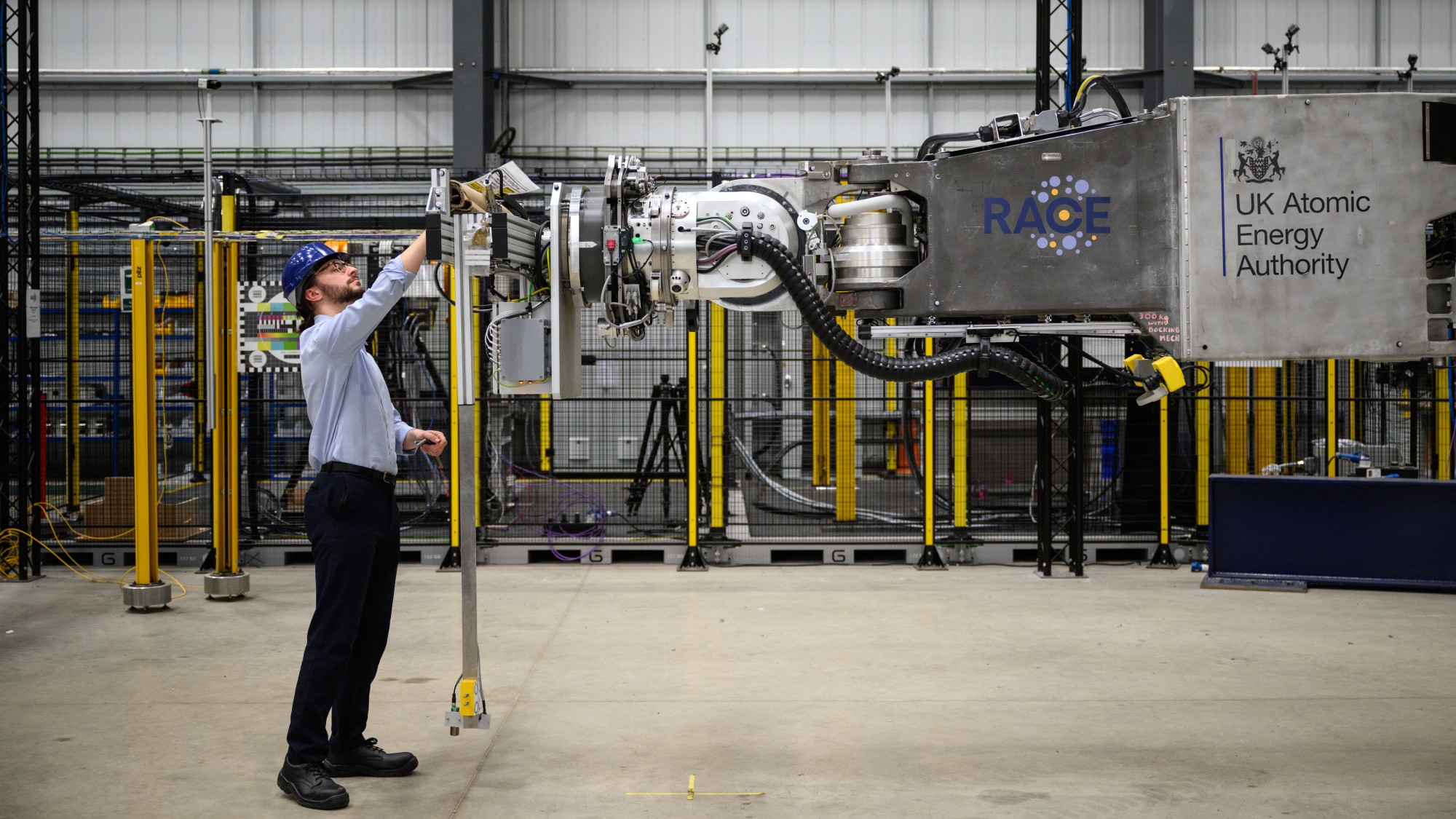Recent advancements in nuclear fusion research have rekindled hopes for a sustainable energy future. The UK Atomic Energy Authority announced a significant breakthrough, marking the first successful stabilization of the fusion process within a spherical tokamak. This compact fusion machine represents a promising leap forward in efforts to harness the same energy that powers the sun.
What Is Nuclear Fusion?
Nuclear fusion differs fundamentally from nuclear fission, the process most commonly associated with nuclear power. While fission works by splitting heavy atoms to release energy, fusion combines light atoms, primarily hydrogen isotopes, at extreme temperatures to create helium. This process generates energy by converting a small amount of mass into a large amount of energy, akin to the reactions occurring in stars.
The appeal of fusion lies in its potential for a “virtually limitless, carbon-free source of energy.” According to The Times, a single glass of fusion fuel could theoretically power a household for over 800 years. Unlike fission, fusion does not produce long-lived radioactive waste, nor can it lead to catastrophic accidents like the one at Chernobyl. As Bill Gates noted on his Gates Notes blog, mastering fusion technology could enable unlimited energy access globally.
The Challenges of Achieving Fusion
Despite its promise, achieving controlled fusion on Earth remains a formidable challenge. Stars generate fusion energy through immense gravitational pressure and heat in their cores. Reproducing these conditions requires heating hydrogen isotopes to tens of millions of degrees, hotter than the sun’s surface. This plasma must be contained using powerful magnetic fields or laser pulses to prevent it from contacting solid surfaces.
The first successful demonstration of nuclear fusion occurred in 1934 by British scientists using a particle accelerator. However, practical commercial fusion energy remained elusive for decades. For nearly 70 years, no experiment yielded more energy from fusion than was consumed in the process. In 2022, a pivotal achievement emerged from the Lawrence Livermore National Laboratory in the United States, where researchers generated more energy from a fusion reaction than was used, likening it to the “Wright brothers’ moment” in aviation history, as described by project designer Annie Kritcher.
The world’s largest fusion experiment, the International Thermonuclear Experimental Reactor (ITER), is currently under construction in France. This project, involving 33 countries, aims to demonstrate the feasibility of fusion at a large scale. However, its completion has faced multiple delays, with projections indicating it may not become operational before 2035. Notably, ITER is primarily an experimental initiative and will not directly generate electricity.
The Role of Private Investment
As public sector projects face hurdles, the private sector is rapidly advancing in the fusion race. Numerous tech companies are investing heavily in fusion startups, motivated by the need for sustainable energy to support the growing demand from data centers and artificial intelligence operations. Private investment has surged, particularly from billionaires like Sam Altman of OpenAI fame.
One promising startup, Commonwealth Fusion Systems, is constructing a nuclear fusion power plant with plans to begin operations by 2027. If successful, it could potentially deliver electricity to the grid by the early 2030s, a milestone yet to be achieved in the field of fusion energy. Similarly, many Chinese enterprises, both private and state-backed, are racing to develop commercial fusion reactors by 2035 or sooner, according to reports from the South China Morning Post.
While the timelines for widespread fusion energy adoption remain ambitious, experts agree that even the most optimistic projections suggest that commercial fusion power plants will not be commonplace until the 2040s. The ongoing research and investment in this field, however, signal a determined push towards unlocking the potential of nuclear fusion as a clean energy source for future generations.







